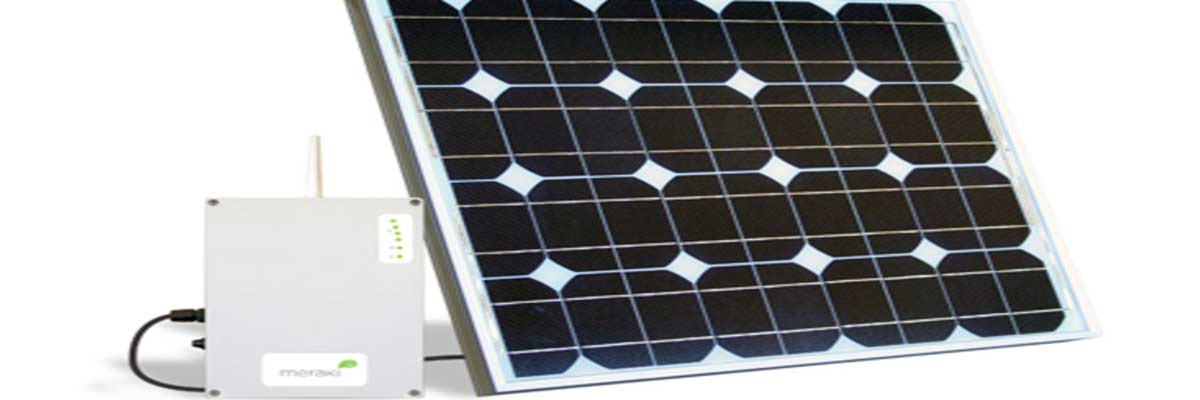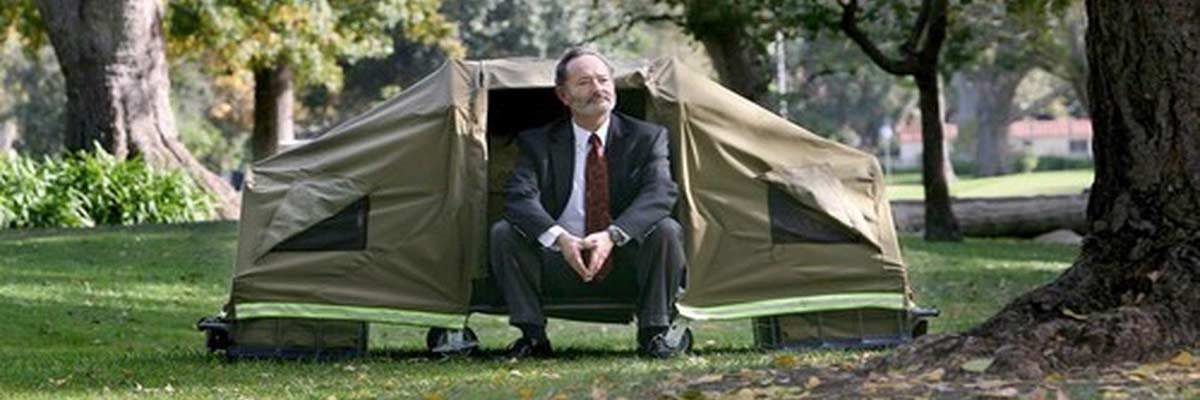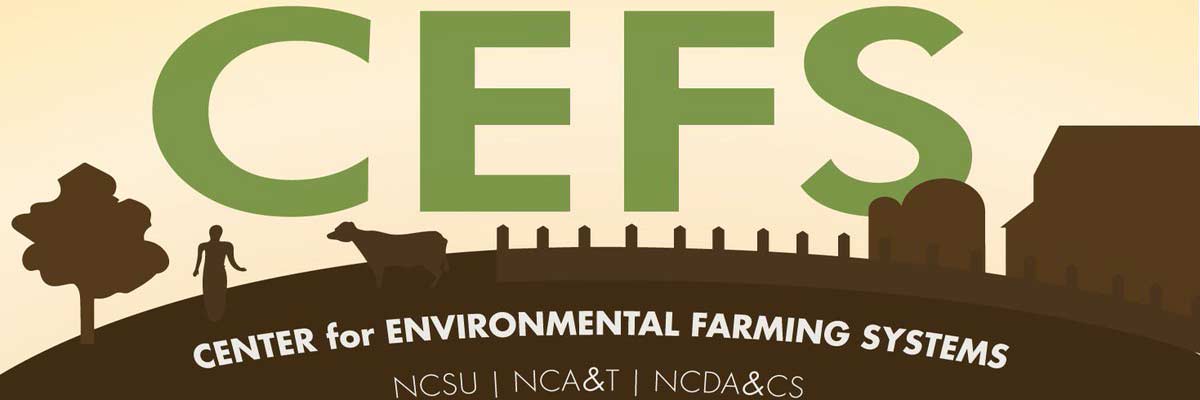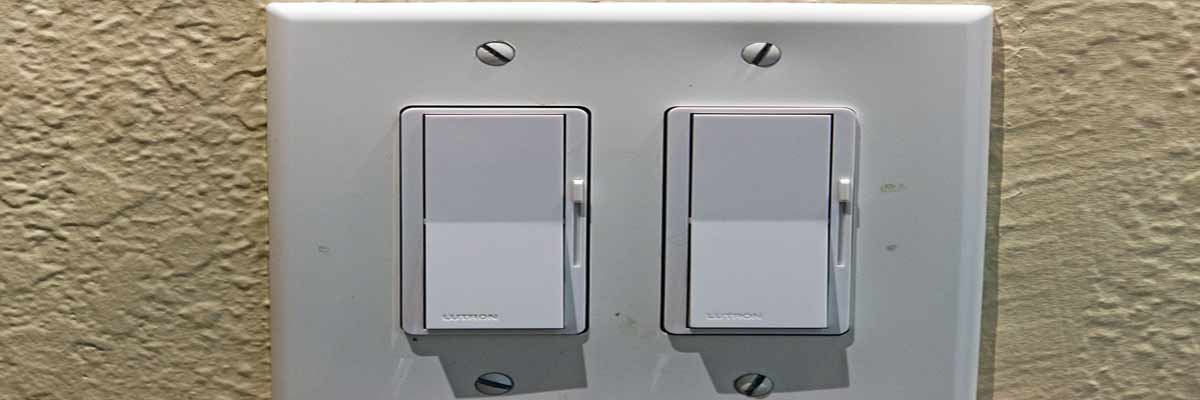Meraki Finally Releases Solar Powered Repeaters
Back in Summer 2007, I gushed over wireless hardware provider Meraki and their announcement of a solar-powered repeater. There are several scenarios — from college campuses to farms — where expanding wireless coverage is limited based on access to electrical outlets. Unfortunately, Meraki’s product wasn’t quite ready for prime time and I was left wondering if it would ever see the light of day.
Well, never underestimate a company partially backed by Google. Their new solar-powered repeaters are now for sale and look more robust and ready for Mother Nature than ever before. From the site,
“Each unit is completely self-contained and ready to mount on roofs, poles, or anywhere else the sun shines. The Solar is completely energy independent and runs on its own state-of-the-art solar-charged battery.”
EDAR (Everyone Deserves A Roof)
EDAR (Everyone Deserves A Roof) is a 501(c)(3) charity that provides unique mobile shelters to those living on the streets all around us. Each EDAR is a four-wheeled mobile unit which carries belongings and facilitates recycling during the day and which unfolds into a special, framed tent-like sleeping enclosure with a bed at night.
In the Wake of the End of the Auto
With enough abandoned lots to fill the city of San Francisco, Motown is 138 square miles divided between expanses of decay and emptiness and tracts of still-functioning communities and commercial areas. Close to six barren acres of an estimated 17,000 have already been turned into 500 “mini- farms,” demonstrating the lengths to which planners will go to make land productive.
I have a question. How much bailout money will the gardeners and farmers of urban Detroit receive? As it turns out I have more than one question. When will this country recognize that we must make a fundamental shift in our way of life to continue as a society. When will we face facts and realize that throwing good money after bad is stupid? Consumers are turning back into citizens. It’s becoming harder to make them buy stuff they don’t really need. This is a good thing in the long run but in the short run it will derail our consumer-based growth economy. The big question we should be asking ourselves is how much longer are we going to continue wasting our wealth on a failed reality and when will we wake up? It’s time for real, fundamental change; whether we like it or not.
Book Reviews of Growing and Using Stevia and Stevia Sweet Recipes
I had a chance to look through two books focused on Stevia, one about growing the plant and another about using the plant to replace sugar when you are cooking. I found them to be quite interesting. While I can’t follow along with everything in the books, I can follow along with the idea that we should grow and harvest our own sweeteners, if we can. Honey, molasses, sorghum would be three good options. Planting these is a great option.
Stevia can be added to the list of plants that can be grown in your backyard and used as a sweetener. These two books will show you how. If you live in the southern part of our country this plant is one that you should be able to leave outside. If you live in the northern part you could put in a planter or two and carry them back and forth. Either way, it wouldn’t be too hard to grow some of this for yourself and remove your dependence on cane sugar. You could even go so far as to add local honey and maple syrup and have all your sweeteners be local.
If this sounds interesting to you I would check out these two books. One will give you information on growing it and the other is full of recipes. Good stuff.
1,000 dollars and an Idea-A Book Review
I enjoyed reading this book quite a bit, but I can’t say it has a whole lot of “green-ness” to it, other than the subject and author realizing he needed to change his life, making those changes, and following them up with actual cash investments. I have a business background, and I’ve read a lot of business books. Some good, some bad. This book from a business standpoint certainly has merit and has useful information and tips. I love reading about past successes and what made that person successful. Using these same traits would make you successful whatever you decide to do.
The website has a snippet which gives a great summation of this book, which is one that is hard to pin down to one subject.
Continental Airlines to Test Bio-Fuels
Continental Airlines will test a Boeing 737-800 fueled partially by biofuel on Janurary 7th. This test flight will be powered with a mix of traditional jet fuel and a biofuel made from algae and jatropha plants. This will be the first biofuel-powered demonstration flight of a U.S. commercial airliner.
Not sure what jatropha is? Check out Michael’s post on jatropha here.
Building a Sustainable Local Food Economy in North Carolina
The Center for Environmental Farming Systems in North Carolina is pleased to announce that it has been funded to reach out across the state and together with our partners ask: What will it take to build a sustainable local food economy in North Carolina?
From the mountains to the coast, various organizations are promoting and implementing exciting initiatives to support our state and communities through sustainable local agriculture. Examples include new farmer’s markets, local food policy councils, comprehensive county- or region-based food initiatives, farm incubator programs, farm and/or garden youth education programs, health and nutrition projects focused on local sustainable foods, procurement initiatives by large retail and institutional buyers and schools, and much more.
If each North Carolinian spent 25 cents/day on local food (just 2.5 percent of the $3600.00 that we spend on average on food consumption per year), it would mean $792 million for the state’s economy. That money circulates here in the state so has a multiplier effect, rather than going to a corporate headquarters in another state.
Vampire Killer: Good for You Good for the Planet
Vampire power is a big problem, even though you hit power off on that remote it doesn’t mean your television isn’t still sucking energy from the grid. Electronic appliances in standby mode can add up to 10% of your electric bill.
Good for You, Good for the Planet, a company based in Madrid, Spain, has developed a product to bring an end to the wasted electricity of standby mode. When the user desires to power the system up again it will power it up again without having to send the appliance through its start-up sequence again.
NH Hoteles SA of Spain has been testing a prototype of Mr. García’s gadget at some of the chain’s 350 hotels in 22 countries. It hopes to install the device in its 50,000 rooms as part of a drive to cut energy use by 20% by 2012.
“We’re very interested in this product and are seeing how we can implement it in the short or medium term,” says Luis Ortega, the chain’s director of environment and engineering. “That small saving, multiplied by 24 hours, 365 days a year, makes quite a big difference — especially when you’re talking about 50,000 television sets.”
Until technology like this becomes mainstream, you can kill vampire power in your home or office simply by unplugging or switching off your plug-strips.
A Review of the Garbage Warrior Documentary
I had a chance recently to review a DVD called Garbage Warrior (trailer above) which is about the gentleman who started the Earthship movement and some of the trials and tribulations he experienced while building his houses. It focuses too on his ideas and techniques for using trash materials (aluminum cans, plastic and glass bottles) to create low cost energy efficient housing.
The houses he builds are amazing. They are off the grid houses which are passive solar heated and have greenhouses for food production in them. They deal with their own sewage and they collect water from the roofs to use in the house. They essentially are a one stop house that can be built and then it will live on forever on it’s own devices. They stated on the DVD that with the passive solar design and the thermal mass they are able to keep the house comfortable in the winter with temperatures of 30 below zero. It’s amazing.














